Stroom Invest interviews / curator Raphael Fonseca
“Our role as curator is to be a researcher and to make connections between artists from different backgrounds, generations, geographical areas and existential desires“, says Raphael Fonseca. He grew up in a family and area of Rio de Janeiro that has no relation whatsoever with visual arts, especially with contemporary art. Fonseca loves attracting people that come from the same background and to bring them in contact with visual arts. But his ambitions go further. “I like to do projects that don’t have a geographical or a contemporary framework.”
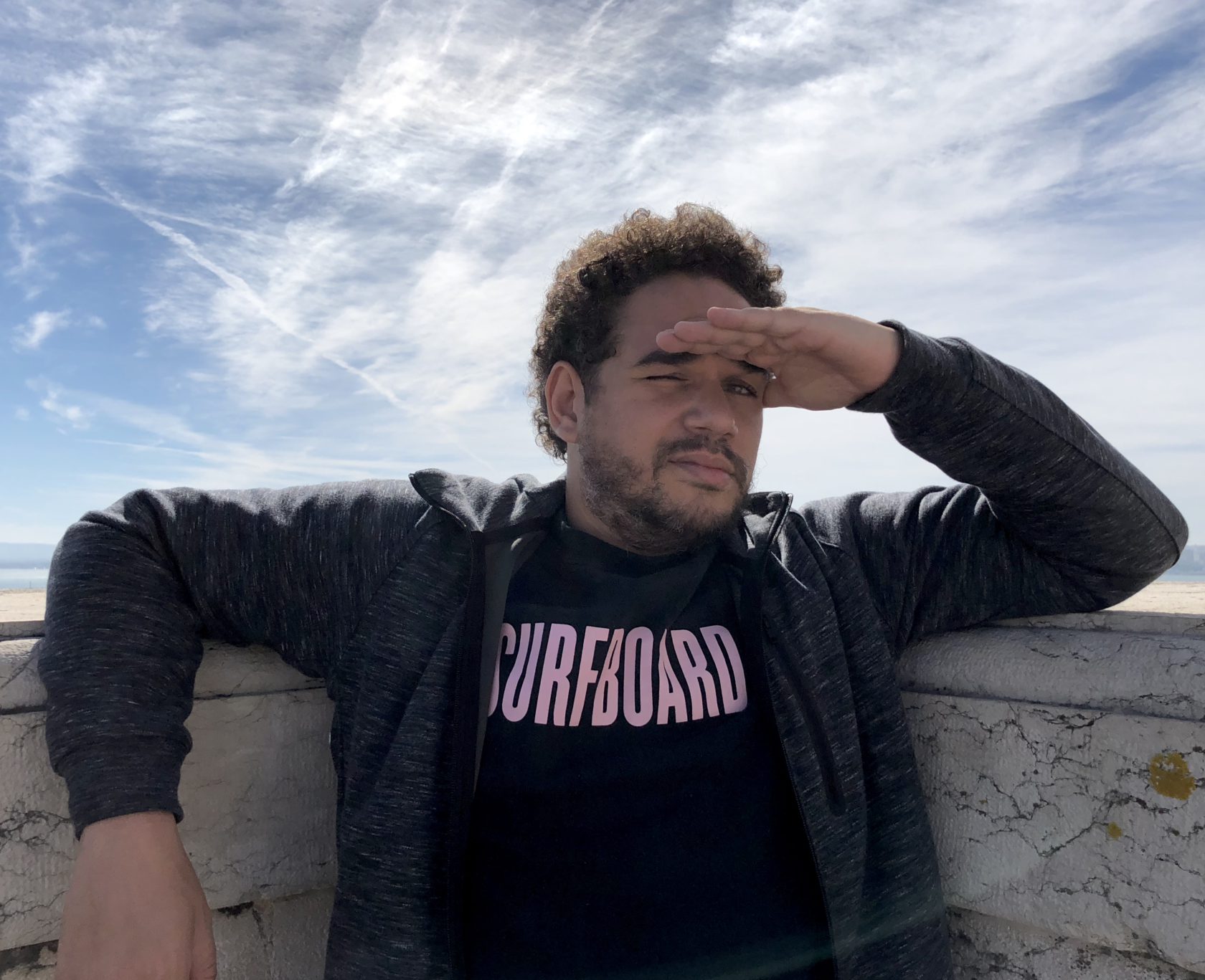
Why did you become a curator?
“It happened naturally, little by little. I studied art history from bachelor’s degree to PhD. I have always been interested in the classic tradition in visual arts and in a more transhistorical and trans geographical approach to art history. In 2010, I started as a high school professor of visual arts in Colégio Pedro II in Rio. It is a federal and a very important public school in Brazil. The content of my classes needed to be contemporary art. That’s why I started investigating it more and more. That triggered my interest in writing about contemporary art. One year later, I was curating small shows. I’m happy that ever since I have developed several projects that were different in subject, but I always applied a trans historic and iconophile approach to the images and spaces where they took place.”
How do you see your role as a curator?
“I think that our role is to articulate dialogues between different agents, spaces and times. It is essential that we take our role as someone that proposes ‘things’ like exhibitions, seminars, talks, books and so on in a research-based manner. As a curator in an institution, I think it is very important to understand the history of the place and the environment when programming any activity. Our presence there can contribute to a new perspective, but somehow it must respect and try to understand what has been done before. Having one foot in the present and another in the past seems essential for a curator’s political and public responsibility. It’s all about striking the right balance between showing new artists and perspectives, but respecting generations of agents who preceded us.”
What are you currently working on?
“Since 2017 I have been working as one of the curators at the Contemporary Art Museum of Niterói, in the state of Rio de Janeiro. I’m glad to research more about the history of the institution and to contribute to new possibilities of writing its future history. We just opened three shows. A retrospective of Abdias Nascimento (1914-2011), a very important Afro-Brazilian painter, activist and politician in Brazil. A solo show by Engel Leonardo (Dominican Republic, °1977), an artist that works extensively in the intersection between visual arts, design and architecture. And a group show from the museum collection with four very important artists for the history of contemporary art in Brazil: Antonio Dias, Antonio Manuel, Ivan Serpa and Rubens Gerchman.
Next to my work at the museum, I’m organizing a big group show titled ‘Vaivém’ (‘To-and-from’ in English) that started with the research for my PhD thesis. It’s an exhibition about the iconography of the hammock in the visual arts and visual culture related to Brazil. It will take place at the largest public cultural center in the country, Centro Cultural Banco do Brasil. The opening will be next May in São Paulo and the exhibition will travel on to Brasília, Rio de Janeiro and Belo Horizonte. The exhibition contains work dating back to the 16th century in which the association between the hammock and ‘Brazil’, ‘Brazilian’ and ‘Brazilianness’ was created. It’s a project that reviews how some clichés and stereotypes about tropicality and the Brazilian territory were constructed since the colonial times. It also assesses how modernism artists can use the hammock to discuss the traumas and tragedies of our colonialism. It is interesting and a great challenge to do a project with artists from different backgrounds: from 19th century European travelers to indigenous Brazilian visual artists.”

As a curator of a contemporary art museum, what are the challenges to meet today's needs?
“I work in a museum whose audience mainly consists of tourists. It was designed by one of the greatest Brazilian modern architects, Oscar Niemeyer and it is close to the beach. The museum offers a gorgeous panoramic view over the bay and the landscape, making it is very popular and touristic place, but people generally don’t enter the museum. Our challenge is to invite people to visit a museum of contemporary art for the first time. This audience isn’t familiar with art, so we can give them an introduction of what contemporary art can be. We strive to find a balance between subjects that are common to a general public and at the same time artists that somehow are not yet well-known or that also contribute with different layers to the history of the museum. Somehow, we must invite visitors to a contemporary art exhibition which they don’t automatically perceive as inaccessible. In addition, we want to make exhibitions that are research-based and show critical work that challenges past exhibitions of this institution. For example, since I started working for the museum three years ago, we have been researching the history of exhibitions there. We noticed that over the museum’s past twenty years only one solo show was taken care of by a black artist. Statistics also show that less than twenty percent of the exhibitions showed the work of female artists. Little by little we try to change the museum’s focus into a more multi-cultural approach to art.”
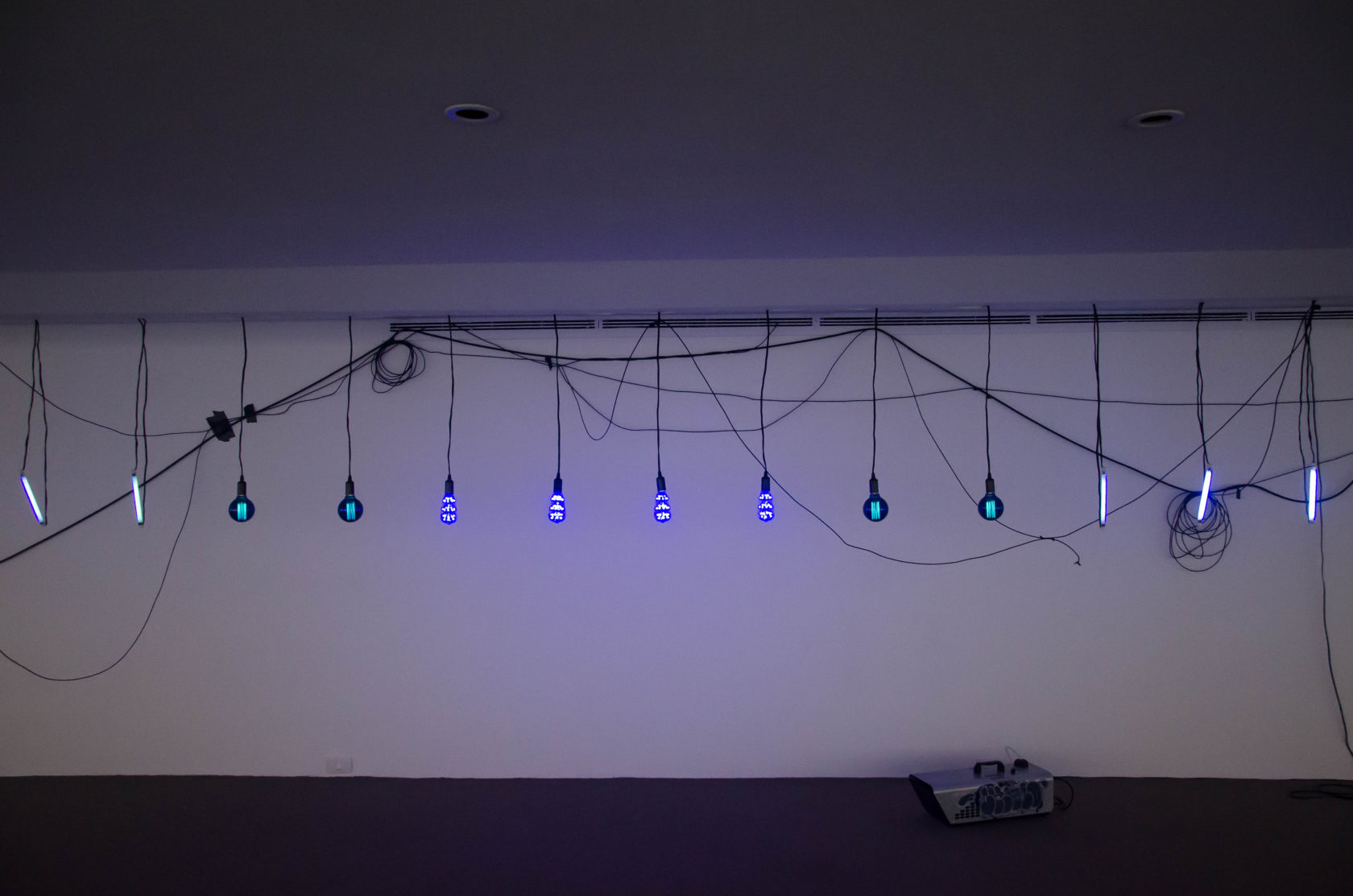
You’re also a writer. What do you write about and for whom?
“I write art criticism and texts for my projects as a curator. As an art critic I regularly work together on ArtNexus, a very important art magazine about Latin American art. I see myself as someone trying to put into words the physical experience of seeing an image. I am not the type that would write a very academic and self-centered theoretical text. I want everyone to understand my words. Yes, I know this is utopian. I wish people could read a text and be interested to see an exhibition. I would like to reach all kinds of audiences, especially the non-specialised ones.”
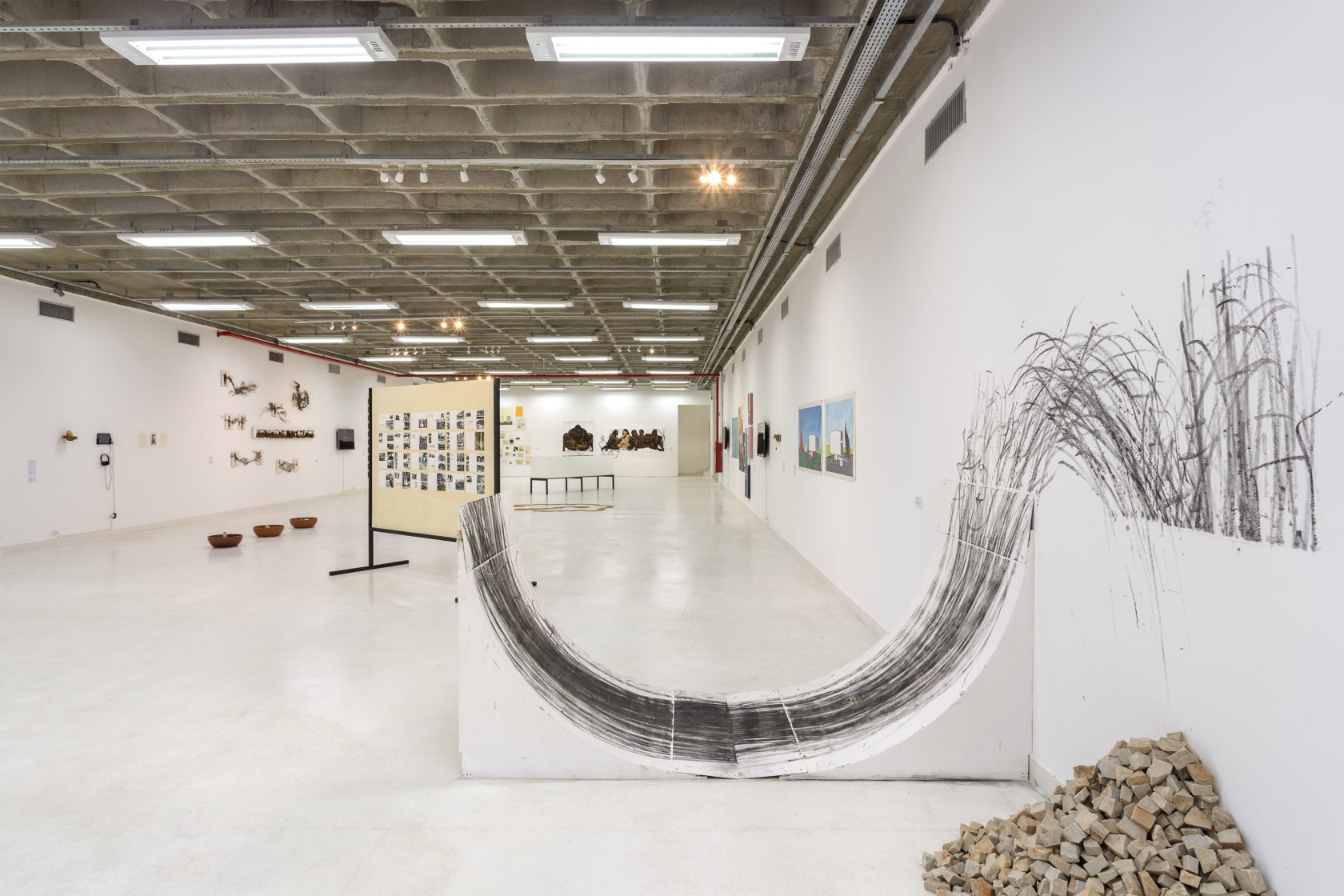
Can tell you something about the Brazilian art scene?
“Brazil, as you know, is a huge country. Only a short comparison: Brazil is 205 times larger than the Netherlands. In other words, trying to talk about a ‘Brazilian art scene’ doesn’t make much sense. Our largest galleries and institutions are based in Rio de Janeiro and São Paulo, but we must not forget that we have very interesting artists, curators and scenes everywhere in Brazil. As someone born in the suburbs of Rio, I am particularly interested in artists who are active in places considered the ‘suburbs of Brazil’. I get tired of projects and curators who, for example, only work with white artists represented by the large galleries of São Paulo. My advice for anyone interested in our art scene would be: don’t be too obvious in the way you do research.”
What do you mean by too obvious?
“Don’t just go to Rio and São Paulo to visit the largest art galleries. The research in these very common places is not representative of our art scene. For example, in 2018 there was a big exhibition in Italy about Brazilian political contemporary art. When you looked at the list of artists, almost all artists were male and represented by galleries from São Paulo. That is so unfair. Our art scene is much more varied than that.”
Can you tell me about a concrete project that you did in the so called ‘suburbs of Brazil’?
“Last year I made an exhibition with a group of artists in the Contemporary Art Museum of Goiás located in the middle of Brazil. We did an open call for artists in this state and invited eleven artists. It was a residency and an exhibition. The first time I stayed there for a week and I spoke with all the artists. The second time my stay lasted also for one week, but we did a seminar with artists and invited people. Subsequently, we had remote cooperation during four months. In total we worked together for nine months and then an exhibition took place. It was a good way to get in touch with young artists who live in a place in Brazil where there are almost no contemporary art galleries. This is a good example of what I try to do. Brazil is so big. I like to do projects that aren’t based in Rio or São Paulo.”
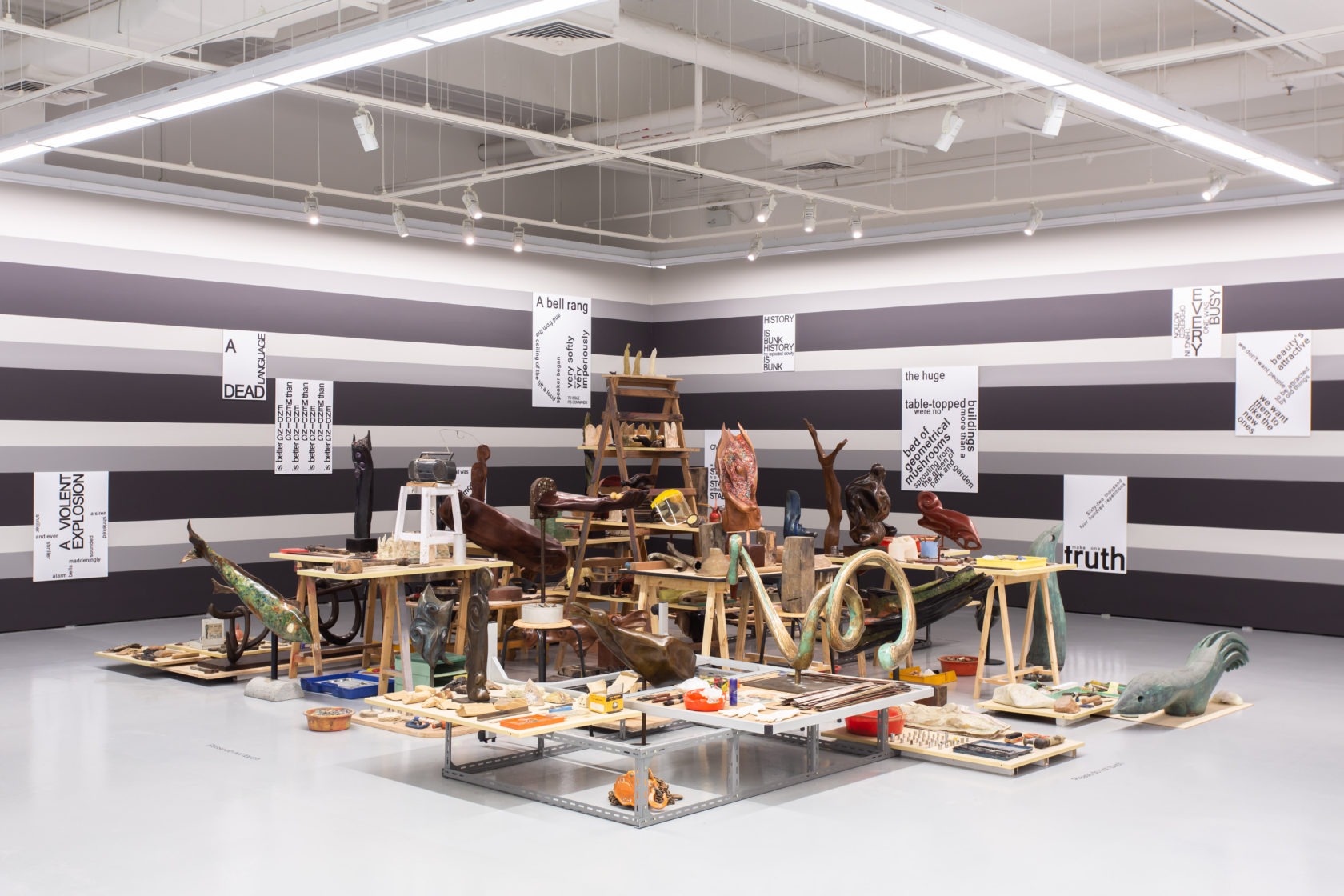
Why is the Brazilian art scene on the rise?
“This ‘rise’ is something that has been repeated a lot in the last decade. I think it has to do with an attempt to no longer see Europe and the United States as the center of the art world. There is not only more attention for the Brazilian art scene, but also for the entire area that is called the ‘Global South’. I think this is a very important effort and change in the world. But to be honest, I still feel that it is a ‘rise’ that supports artists associated with galleries so that they can travel everywhere, instead of a change taking place in real artistic practice in Brazil. This ‘rise’ needs to work for all of us, in cities, in the suburbs without artistic institutions, in the art education in public schools. A ‘rise’ that revolves around the art market is certainly important but doesn’t really reach the working class in Brazil.”
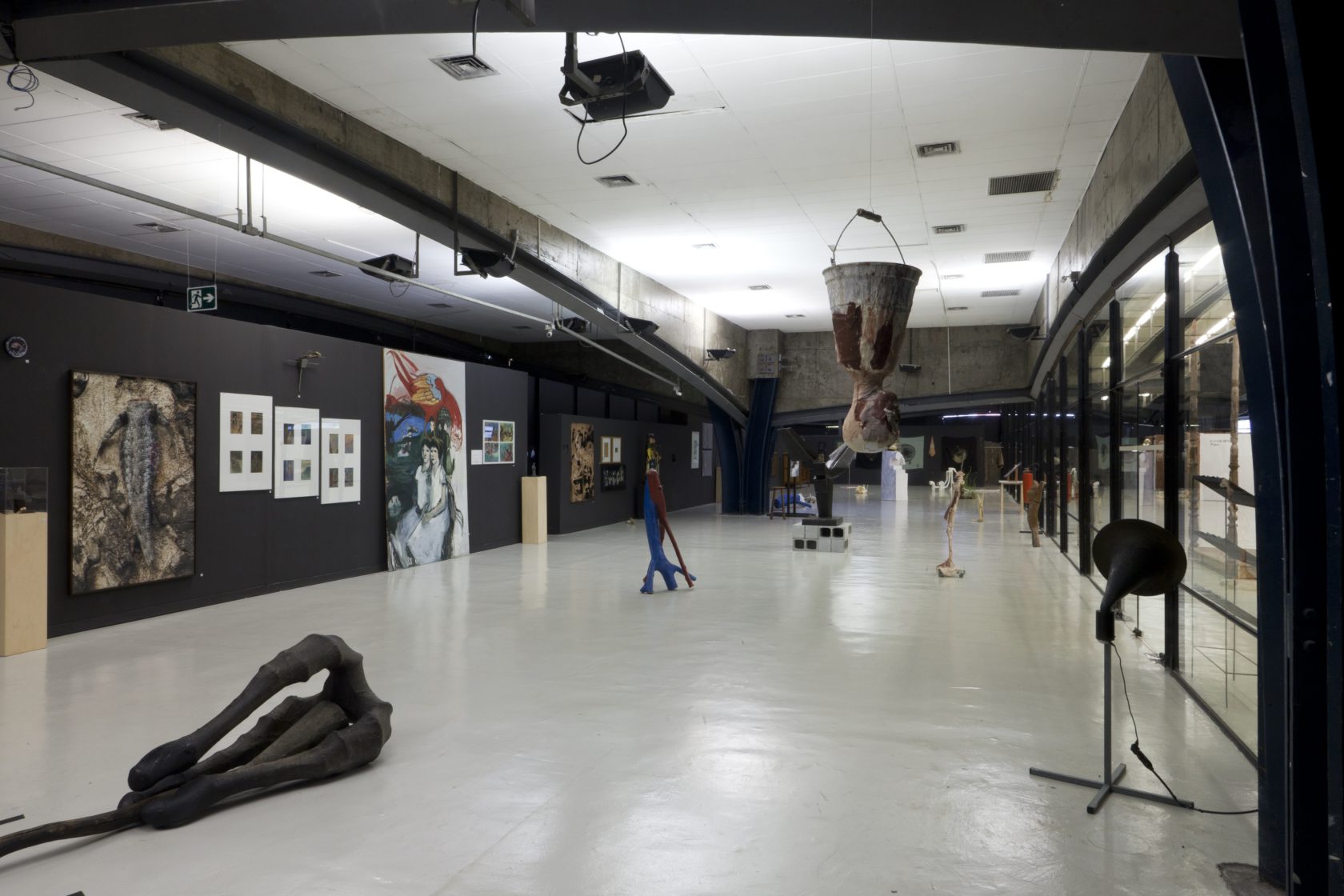
To speak about the so called ‘rise’: what do you think is necessary to really change the reality in the artistic practice in Brazil.
“The most important thing would be to change the way we deal with art education. I give classes of contemporary art to the first year of high school but that’s a big exception. There are only a few public high school in this country that have this program of contemporary art. So first we must change education and secondly, we have to reconsider how we deal with the geography of the country. Throughout Brazil there are people who make art, but they don’t even have a third of the possibilities and opportunities that people in Rio and São Paulo have. That’s a pity. I miss more projects that deal with other regions in the country. Brazil has a very unfair and asymmetric art scene.”

What do you like most about your job as a curator?
“The ability to enter into dialogue with people without background in the visual arts scene. It is an almost miraculous opportunity to bring people for the first time into a museum, to present them contemporary art and to explain to them the idea of an artist. I’m very happy to have one leg in education in a public high school and the other leg as an curator discussing galleries, museums, and so on. Doing both sides makes me complete. I like this idea of programming and thinking about how to engage the public and at the same how to write new pages to the art history not only in Brazil but also in an international perspective.”
What is the main project that you still want to realise as a curator?
“I want to do more projects that can engage artists from different places. Not only in Brazil, but also globally I somehow want to engage artists. I like the idea of projects without geographical boundaries or limitations to contemporary art. For example, a project that really suits me can combine art from the 19th century, Renaissance and contemporary art.”
What do you expect from the Invest Week?
“It is an opportunity to learn considerably and perhaps contribute to a European perspective on art. I like the idea of doing studio visits and getting to know many artists and being open to listen to them. I am also curious to get to know my other colleagues. It is a rare opportunity to meet so many people from different backgrounds, talk to and learn from each other. I’m looking forward to it.”
—————————————–
In a collaboration between Jegens & Tevens and Stroom Den Haag a series of interviews will be published with (inter)national curators, artists and critics participating in Stroom’s Invest Week 2019.
The Invest Week is an annual 4-day program for artists who were granted the PRO Invest subsidy. This subsidy supports young artists based in The Hague in the development of their artistic practice and is aimed to keep artists and graduates of the art academy in the city of The Hague. In order to give the artists an extra incentive, Stroom organizes this week that consists of a public evening of talks, a program of studio visits, presentations and a number of informal meetings. The intent is to broaden the visibility of artists from The Hague through future exhibitions, presentations and exchange programs. The Invest Week 2019 will take place from 17 to 21 June.